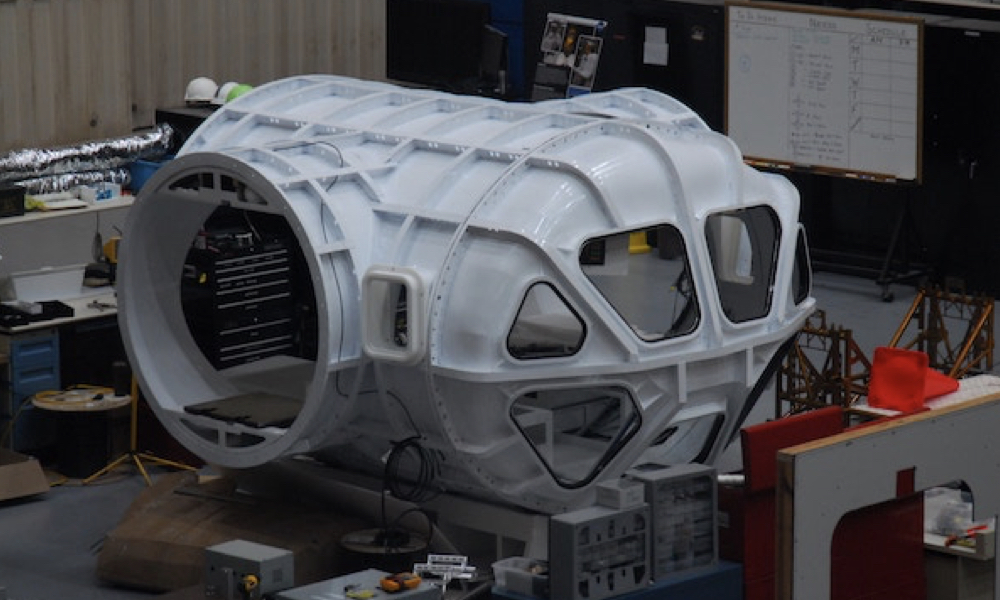
ESA Open Invitation to Tender AO8943
Open Date: 23/01/2018
Closing Date: 16/03/2018 13:00:00
Status: ISSUED
Reference Nr.: 17.1TT.76
Prog. Ref.: CC for Advanced Tech
Budget Ref.: E/0505-01C – CC for Advanced Tech
Special Prov.: BE+DK+FR+DE+IT+NL+ES+SE+CH+GB+IE+AT+NO+FI+PT+GR+LU+CZ+RO+CA
Tender Type: C
Price Range: 200-500 KEURO
Products: Ground Segment / Ground Station / RF equipment / Transmitter and Receiver assemblies, Frequency converters, …
Techology Domains: Electromagnetic Technologies and Techniques / Antennas / Array Antennas and Standalone Radiators
Establishment: ESTEC
Directorate: Directorate Telecom & Integrated Applica
Department: Telecom Technologies,Product&Systems Dep
Division: Technologies and Products Division
Contract Officer: Engels, Wilhelm
Industrial Policy Measure: C1 – Activities in open competition limited to the non-Larg…
Last Update Date: 23/01/2018
Update Reason: Tender issue
Priority 2Objective:The objective of this activity is to design, develop and test a flatter lens-based mobile antenna for high speed transport vehicles.Targeted Improvements:This activity aims at improving existing solutions based for example on lenses technologies, reducing the antenna profile by a factor 2 while keeping the same RF performances.Description:Antenna size reduction isa permanent objective in the Satcom market and is enabling compact high performance satcom payloads. An example of such potential solutions is the Lüneburg lens. This is a spherically symmetric gradient-index lens with a typical refractive index n that decreases radially from the centre to the outer surface. They are well known for use with electromagnetic radiation from visible light to radio waves and enable the design of high-performance and wideband focusing antennas, equivalent to reflector based antenna solutions.The main advantage of these solutions over reflector-based antennas is that beam steering is achieved by moving only the feed, thus simplifying the overall antenna design. In particular, half-Luneburg lenses could be used in combination with a ground plane without affecting their performance, thus reducing the antenna height by a factor two when compared to an equivalent aperture dish. The purpose of this activity is to revisit the concept of Luneburg lenses for terminal antennas in view of these recent achievements, using either single-lens concepts or lens-array concepts in combination with adequate lens transformations to further reduce the antenna height, possibly leading to a low-profile solution with simpler steering mechanisms thanks for example to in-plane feed displacement instead of a spherical feed displacement. Other lens based solutions presenting similar advantages may also be considered with the aim to reduce the antenna height by an additional factor 2 when compared to commercially available lens designs.The expected deliverables are:.Report containing a review of the state-of-the-art and a consolidation of the mission scenarios, leading to the selection of the most promising concept. .Technical analysis aiming at a selection of a design and manufacturing process.A representative demonstrator of the preferred concept manufactured and tested to confirm the anticipated benefits.Priority 2 activities will only be initiated on the explicit request of at least one delegation.
If you wish to access the documents related to the Invitation to Tender, you have to log in to the ESA Portal.
